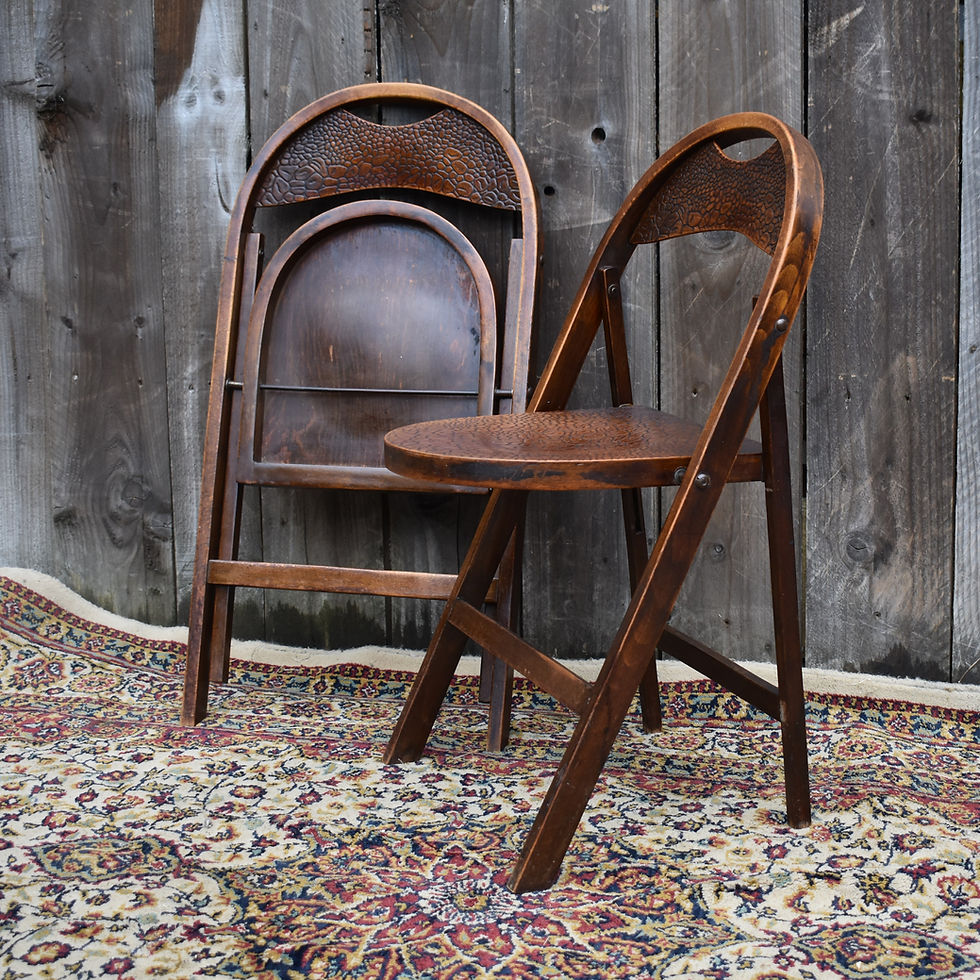Mahogany, A Dark Past
- Dawn Diggines
- Jul 21, 2021
- 3 min read
Updated: Aug 5, 2023
Mahogany is a straight-grained, reddish-brown timber and is a member of the Genus Swietenia which is indigenous to central America, west indies and Mexico. It became widely popular in 18th Century America and is still sought after in most countries to this day, despite this many do not know its dark past.
Where does the word ‘mahogany’ come from? One of the most well known theories of the origin comes from the slaves who were transported from Africa to America by European explorers. West Africans belonging to the Yoruba and Ibo peoples used the word ‘m’oganwo’ to describe the Khaya genus trees which grow natively in their homeland. The Khaya genus is a similar family to the American mahogany trees that the imported slaves would have seen upon their commission to the new world. So the adaptation of their native word would have likely been used by the explorers. This depressing start of the mahogany story starts to paint the bleak story of slavery, vicious competition and international rivalry.

How did Mahogany gain it’s bad reputation?
By the 18th century, mahogany had become popular in England, France and North America; it was used from boats to cabinets due to its attractive qualities as well as resistant attributes. This boom in popularity caused Europeans to exploit forced labour where slaves were used to harvest the naturally grown wood in North America, the west Indies and many other countries. The ships sailed to Africa for slaves, then to the Caribbean with a cargo of Africans, and finally back loaded with slave-grown produce of sugar, rum and mahogany. They had to drag and roll felled mahogany trunks to riverfronts and then float the logs, which were chained together, to ships waiting in bays full of sharks and coral reefs. The inhumanities that were forced upon captured slaves and how these conditions only got worse as the wood got scarcer and they had to search in more punishing conditions.
So what was the impact of Mahogany?
The rarity and popularity of mahogany caused social implications with mahogany pieces being symbols of power, privilege, and wealth. In 1830s Philadelphia, fine woodwork and furniture became status symbols for free African-Americans and in writings about white mobs attacking their homes, a newspaper reporter described a sorry pile of “bedsteads and mahogany banisters, cut up into small particles, as for kindling wood.” It was so significant that even racist mobs targeted the wood due to the symbolism that it held to the freed slaves.
So why is Mahogany so rare and expensive today?
There is inconsistent supply of the timber for the marketplace as it became increasingly hard to find accessible sources in the Caribbean. Unfortunately, mahogany proved resistant to nearly every attempt at cultivation, limited by insects and a resistance to germination under controlled conditions. This meant that large scale mahogany plantations were very limited due to Mahogany's reaction to certain conditions and therefore supply was bound to the natural supplies which soon ran out. This even led to White abolitionists gradually losing their taste for mahogany. Dickens wrote that the varnished wood reflected “in the depth of its grain, through all its polish, the hue of the wretched slaves.” Mahogany had social implications in all areas of life from elites to slaves to abolitionists to racists.
In conclusion, any highly rare material or product will tend to have a story of bloodshed attached to it as greed leads to exploitation. This can be seen all throughout history, whether this be gold in 16th century Columbia where a 1,000 slaves were bought each year by the Spanish to pan for gold or blood diamonds produced in the 20-21st century which affects many parts of Africa and results in the slave labour of children and the funding of civil wars. The sad reality is that many products you buy today will have been at the expense of a fellow man. It's key to be aware of this and treat old products with respect while being careful that you're not adding to an existing problem.



Comments